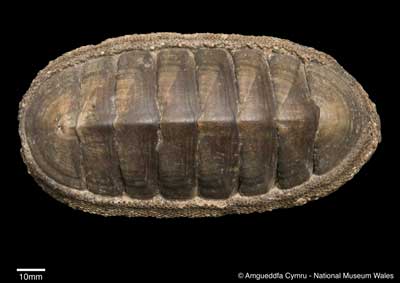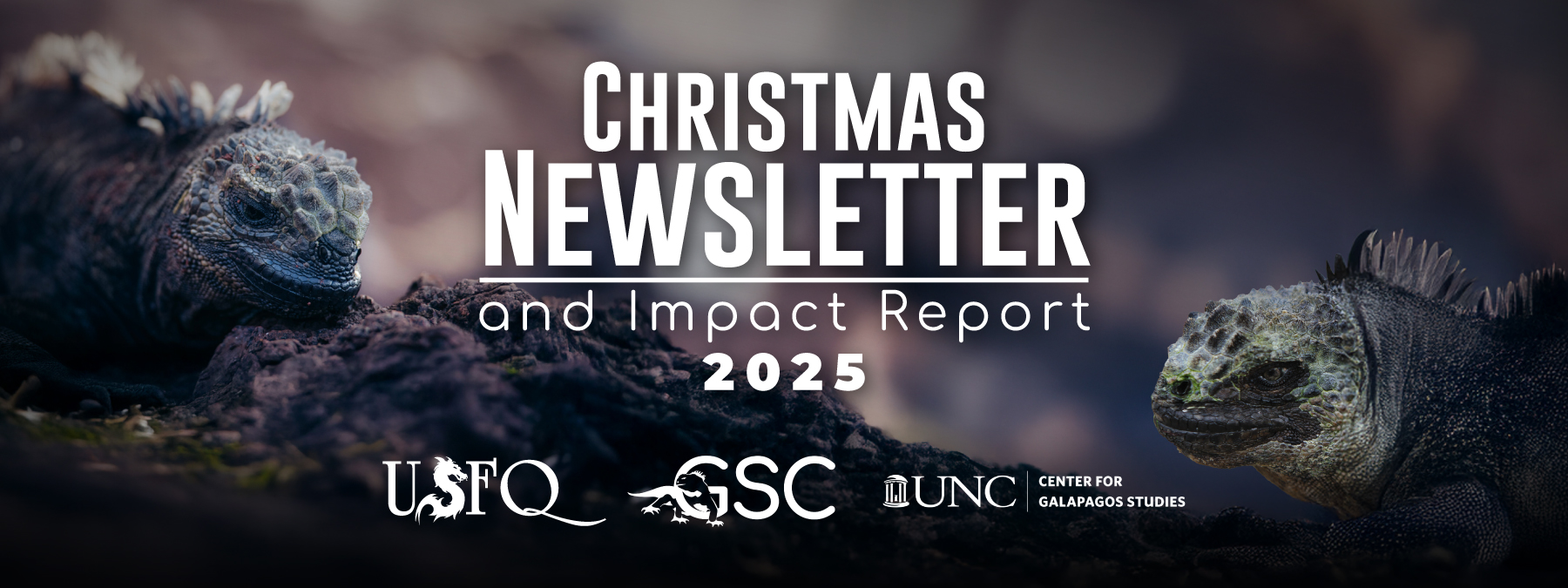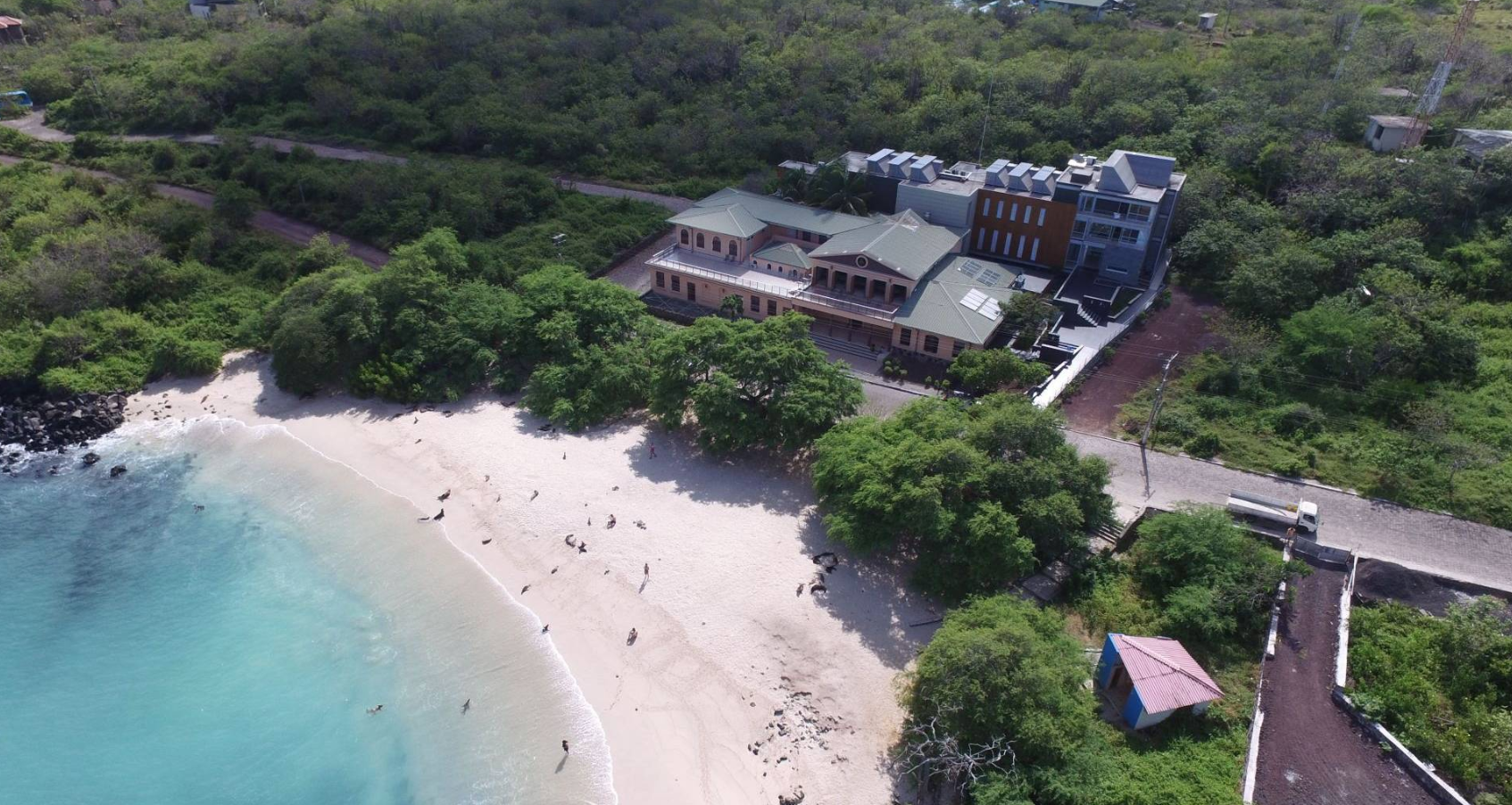This study analyzes how variations in sea temperature influence the reproduction of the canchalagua (Radsia goodallii), an endemic mollusk of the Galápagos Islands with ecological and socio-economic importance for local artisanal fisheries. Understanding its reproductive patterns is essential for developing management and conservation strategies that ensure the sustainability of the species.
The research, led by the Galapagos Science Center of the Universidad San Francisco de Quito and the University of North Carolina at Chapel Hill, evaluated 340 adult individuals collected along the coast of San Cristóbal Island during 2018 and 2019. Through histological analysis, the degree of gonadal maturity was determined and correlated with the different thermal phases associated with El Niño and La Niña climatic events. Patterns of variation in reproductive intensity and duration were identified.
The results show that Radsia goodallii undergoes three reproductive cycles per year, with higher activity during cold periods (La Niña). Despite being a tropical species, its reproductive behavior resembles that of mollusks from temperate regions, suggesting an adaptation to the unique oceanographic conditions of the archipelago. These findings provide a solid scientific basis for strengthening conservation and sustainable management measures for the species in the Galápagos Islands.






